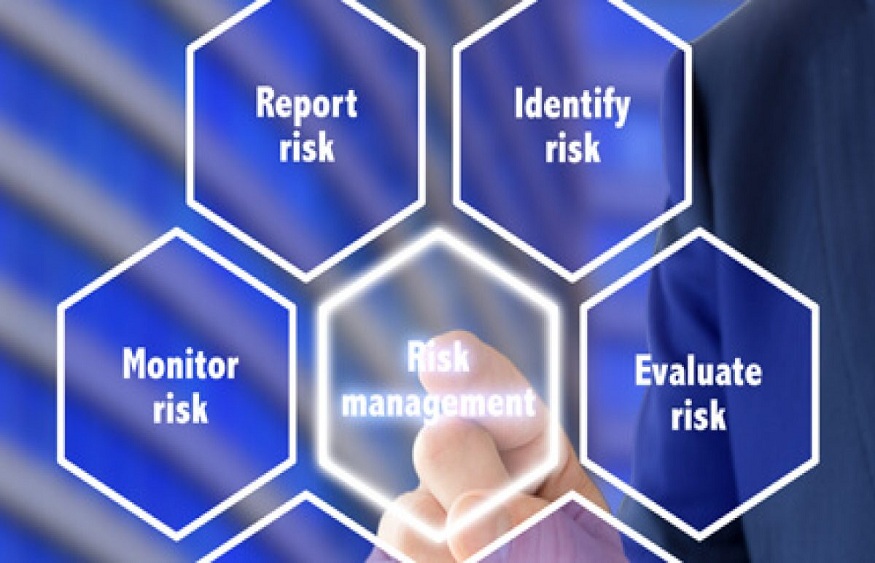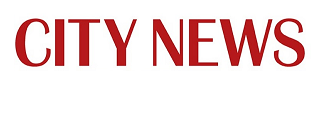
Welcome to our blog, where we delve into the world of risk management and explore the benefits of implementing a robust framework. In today’s unpredictable business landscape, organizations face an array of risks that can impact their operations and bottom line. That’s why having a proactive approach to managing these risks is crucial for success.
Risk management is not just about avoiding potential pitfalls; it’s about creating opportunities for growth and innovation. By understanding and mitigating risks effectively, businesses can navigate uncertain waters with confidence, adapt to changing circumstances, and ultimately thrive in their respective industries.
In this article, we will take you through the essentials of risk management frameworks – what they are, why they matter, how to develop one step-by-step – all while highlighting real-life successful implementations along the way. So buckle up as we embark on this journey into the fascinating realm of risk management!
Understanding Risk Management
Risk management is the process of identifying, assessing, and prioritizing potential risks that could affect an organization’s objectives. These risks can arise from various sources such as financial uncertainties, operational inefficiencies, legal issues, or even natural disasters. By understanding these risks and their potential impact on the business, organizations can take proactive measures to minimize their negative effects.
At its core, risk management involves a systematic approach to analyzing and evaluating risks. This includes establishing a clear understanding of the organization’s goals and objectives, identifying potential threats or vulnerabilities, assessing the likelihood and severity of those risks occurring, and implementing strategies to mitigate or manage them effectively.
One key aspect of risk management is recognizing that not all risks are created equal. Some may have a higher probability of occurrence but pose minimal consequences if they do happen. On the other hand, certain risks may have low chances of happening but could result in significant damage if they do occur.
To address this complexity, risk management frameworks provide a structured approach to categorize and prioritize different types of risks based on their likelihood and impact. This helps organizations allocate resources efficiently by focusing on managing high-priority risks while also considering lower-level ones.
The Benefits of Implementing a Risk Management Framework
Implementing a risk management framework within an organization can yield numerous benefits and contribute to its overall success. One of the major advantages is enhanced decision-making capabilities. By having a structured approach to identifying and assessing risks, businesses can make more informed choices that align with their objectives.
Another benefit is improved operational efficiency. A risk management framework helps identify potential threats and vulnerabilities, allowing organizations to proactively address them before they escalate into significant issues. This proactive approach not only minimizes disruptions but also helps optimize processes and resource allocation.
Furthermore, implementing a risk management framework promotes accountability within an organization. It establishes clear roles and responsibilities for managing risks, ensuring that everyone understands their part in mitigating potential hazards. This fosters a culture of ownership and encourages individuals at all levels to actively participate in risk identification and mitigation efforts.
Additionally, a robust risk management framework enhances stakeholder confidence. Demonstrating effective risk management practices instills trust among customers, investors, and partners who rely on the organization’s ability to navigate uncertainties effectively. This can lead to increased business opportunities and stronger relationships with stakeholders.
The Components of a Risk Management Framework
The components of a risk management framework are the building blocks that help organizations effectively identify, assess, and mitigate risks. These components work together to create a structured approach to managing risks and ensuring the overall success of the organization.
One key component is risk identification. This involves systematically identifying all potential risks that could impact the achievement of objectives. It’s important to consider both internal and external factors that could pose threats or opportunities.
Once risks are identified, they need to be assessed in terms of their likelihood and potential impact. This allows organizations to prioritize risks based on their significance and allocate resources accordingly.
Step-by-Step Process for Developing a Risk Management Framework
Developing a risk management framework is a crucial step in ensuring the success and sustainability of any organization. It helps identify potential risks, assess their impact, and develop strategies to mitigate them effectively. Here’s a step-by-step process that can guide you in developing your own risk management framework.
1. Define the Scope: Start by clearly defining the scope of your risk management framework. Identify the key objectives, stakeholders, and areas of focus within your organization.
2. Identify Risks: Conduct a thorough assessment to identify all possible risks that could affect your organization’s operations, reputation, or financial stability. This can include internal factors like processes or systems weaknesses as well as external factors such as market trends or regulatory changes.
3. Assess Impact and Likelihood: Once you have identified the risks, assess their potential impact on different aspects of your organization using relevant metrics or scales. Also consider the likelihood of each risk occurring based on historical data or expert opinions.
4. Develop Risk Mitigation Strategies: Based on the assessment results, develop appropriate strategies to mitigate each identified risk effectively. These strategies may include implementing controls, transferring some risks through insurance coverage, accepting certain risks if they are within acceptable limits, or avoiding specific activities altogether.
5. Establish Monitoring Mechanisms: Set up mechanisms to monitor and track the effectiveness of your mitigation strategies over time. Regularly review and update these mechanisms as needed to ensure ongoing alignment with organizational goals and changing conditions.
Remember that developing an effective risk management framework is an ongoing process that requires continuous monitoring and improvement over time.
Importance of Regularly Assessing and Updating the Framework
A risk management framework is not a one-time solution, but an ongoing process that requires regular assessment and updating. Why is this important? Well, the business landscape is constantly evolving, and new risks can arise at any time. By regularly assessing and updating your risk management framework, you ensure that it remains relevant and effective in addressing these ever-changing risks.
One key reason to assess your framework regularly is to identify any gaps or weaknesses that may have emerged since its implementation. Just like technology rapidly advances, so do the techniques used by cybercriminals. Therefore, it’s crucial to stay on top of emerging threats and adapt your framework accordingly.
Regular assessments also provide an opportunity to evaluate the effectiveness of your risk mitigation strategies. Are they still yielding the desired results? Have any new best practices or industry standards evolved? By conducting periodic reviews, you can identify areas where improvements are needed and make necessary adjustments.
Moreover, a dynamic risk management framework allows for proactive measures rather than reactive responses when dealing with potential risks. By staying ahead of emerging trends and anticipating future challenges through regular assessments, organizations can be better prepared to mitigate risks before they escalate into crises.
Another benefit of ongoing evaluation is improved stakeholder confidence. When stakeholders see that there is a robust system in place for managing risks effectively – one that undergoes regular assessments – their trust in the organization increases significantly.
Regularly assessing and updating your risk management framework ensures its continued relevance in today’s ever-evolving business environment. It enables organizations to identify vulnerabilities promptly, improve existing strategies based on changing circumstances or emerging trends while maintaining stakeholder confidence.
Case Studies: Successful Implementation of Risk Management Frameworks
Real-life examples of successful implementation of risk management frameworks can provide valuable insights and inspiration for organizations looking to enhance their risk management practices. These case studies highlight the practical application and effectiveness of a well-developed risk management framework.
One such case study involves a multinational manufacturing company that implemented a comprehensive risk management framework across its operations. By identifying and assessing potential risks in areas such as supply chain, technology, and compliance, the company was able to proactively mitigate these risks and minimize the impact on its business operations. This resulted in improved operational efficiency, cost savings, and enhanced reputation among stakeholders.
Another example is a healthcare organization that successfully implemented a risk management framework to ensure patient safety and prevent medical errors. Through proactive identification and assessment of potential risks related to medication administration, surgical procedures, and patient data security, the organization was able to implement robust control measures that significantly reduced adverse events. As a result, patient outcomes improved while legal liabilities decreased.
Conclusion
In today’s rapidly changing business landscape, organizations face numerous risks that can significantly impact their operations and success. Implementing a robust risk management framework is crucial to identify, assess, and mitigate these risks effectively.
Implementing a robust risk management framework is vital for organizations looking to navigate uncertainties successfully. By understanding potential risks through comprehensive training programs like Risk Management Training or MoR Courses (Management of Risk), businesses can proactively manage threats while capitalizing on opportunities for growth. Remember that managing risks is not just about avoiding negative events; it’s also about embracing uncertainty as part of the journey towards achieving long-term success.
